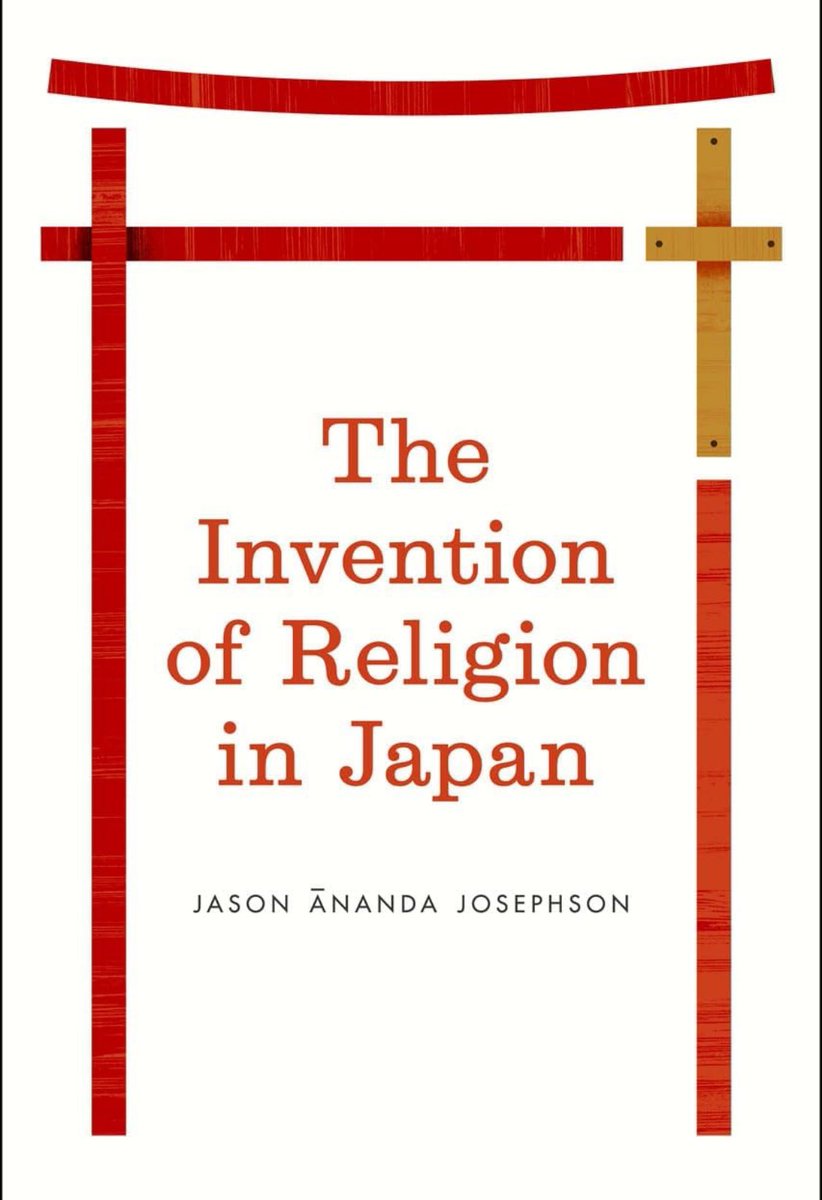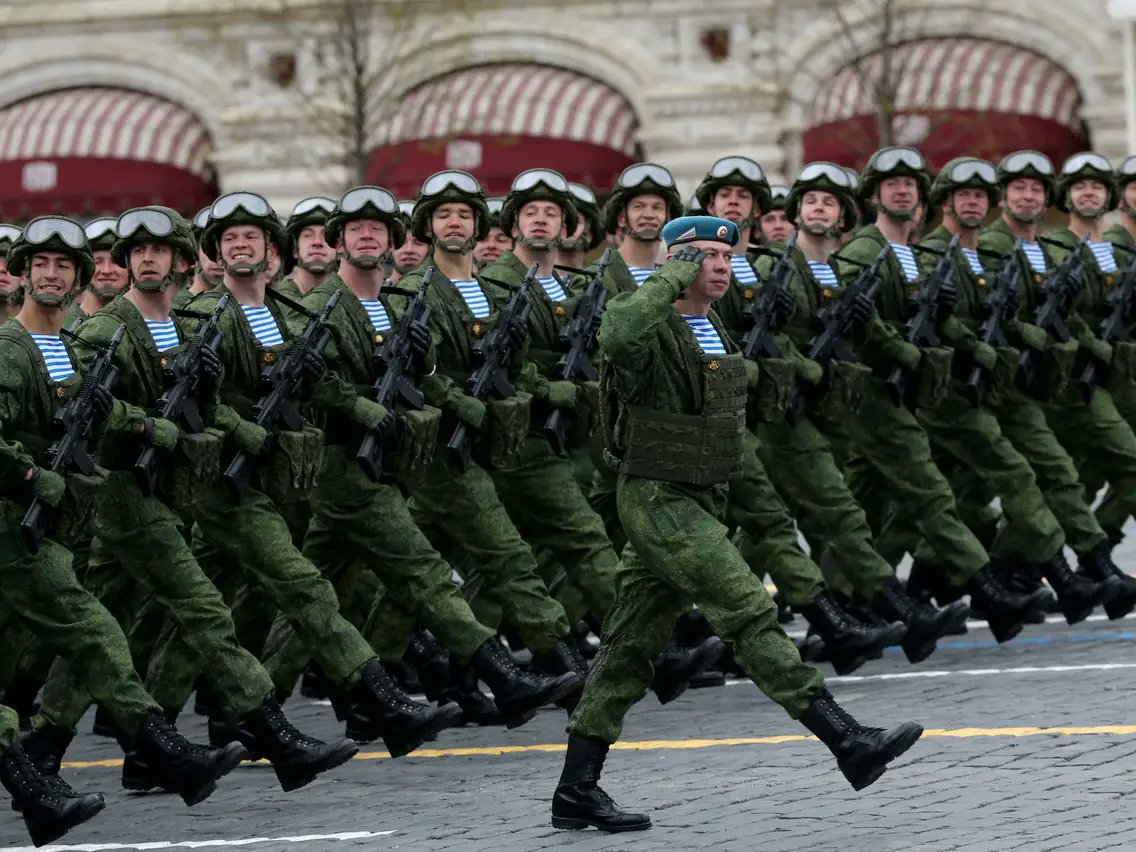Thread: The Fall of the Tsar
I received many requests to discuss how the Bolsheviks came to power in Russia, so we will begin here. The road from the monarchy to Bolshevik dictatorship was long and highly improbable, but we will follow the trail together. (1)
I received many requests to discuss how the Bolsheviks came to power in Russia, so we will begin here. The road from the monarchy to Bolshevik dictatorship was long and highly improbable, but we will follow the trail together. (1)

The vague notion that most people have is that the Tsarist government was brought down by a popular revolution of the hungry, cold, war weary people of Russia. None of this is true. The Tsar was not overthrown by popular revolution, but by a revolt of the elites. (2) 

Russia actually coped fairly well with the demands of World War One. After early difficulties with logistics and distribution, the government was able to reliably get food and fuel to the cities and supplies to the front. It was Germany, not Russia, that had food shortages. (3) 

The problem of the tsarist regime was political in nature. The government was not only estranged from the masses, but increasingly isolated from its own elites. Let us look at this in more detail. (4) 

After Tsar Nicholas II foolishly departed Petrograd to take personal command of Stavka (army high command), he left a very isolated group in charge in the capital. They key figures included his wife, the Empress Alexandra, and the Prime Minister, Boris Sturmer. (5) 

The Empress and the Prime Minister had something very important in common: they were both ethnic Germans. For patriotic Russians, it was beyond troubling that the key figures in the capital during a war with Germany were both ethnic Germans. (6) 

Parallel to the Tsar's cabinet was the State Duma. This was Russia's primitive parliamentary body - but crucially, in the tsarist system, it had no actual power - it was merely a symbolic, consulting body. Duma elites grew highly hostile towards the Sturmer cabinet. (7) 

Because the Tsar wielded total political power, he was viewed as responsible for every mistake made during the war. Frequently, these mistakes were blamed on treason from either Sturmer, the Empress, or in some cases both. (8) 

Alexander Guchkov, the Chairman of the Duma, wrote to Army command warning that Sturmer "if not an actual traitor, is ready to commit treason." Another Duma member would publicly state that the Empress was "a German on the Russian throne, alien to the country and its people." (9) 

The famous culmination of all this was Duma deputy Paul Milyukov railing about strategic mistakes, and then asking the Duma, "What is it, stupidity or treason?" Some members shouted back 'treason", others "stupidity", and many "both". (10) 

The issue was not at all that the elites were against the war. In fact, there was unanimous support for the war and patriotic feeling. Their concern was that the Tsar was mishandling the strategic situation, and general fears that the Empress and Sturmer were traitors. (11) 

It did not help matters that the Empress constantly consulted with the enigmatic, sex addicted, alcoholic mystic, Rasputin. She was emotionally dependent on him, because she believed he alone could heal her son - the heir, Alexei - from his hemophilia. (12) 

But Alexei's hemophilia was kept secret from the public and even the Duma elites. Not knowing the nature of the Empress's dependency on Rasputin, they were free to speculate. Meanwhile, the Tsar remained blissfully unaware of all this, busying himself at the Stavka. (13) 

The overall picture was bleak. The Empress was erratic (especially after Rasputin was murdered by angry nobles), and the elites in the capital were completely alienated from both the Tsar and his cabinet. The Tsar eventually fired Sturmer, but it was too little too late (14) 

There was one other bit of explosive material: the Petrograd garrison. This was the armed force in the capital, to be tasked with restoring order and protecting the government in the event of civil unrest. By 1917, this was not a reliable force in any way. (15) 

All of Russia's veteran soldiers had been sent to the front. The Petrograd garrison in 1917 was therefore filled with fresh conscripts - "peasants taken from the plow" and crammed into tight quarters. Barracks designed for 20,000 men now held 160,000. (16) 

On February 23 - International Women's Day - a large crowd of protestors began to mill about the capital. They were not there to demand the end of the monarchy or the war, nor due to hunger. There were mostly there due to boredom, patriotism, and the unusually warm weather. (17) 

Most of the signs carried by the crowd actually demanded that the government root out and arrest German spies. There was nothing revolutionary or violent about the mood. One American in Petrograd at the time complained only that they had blocked traffic. (18) 

When the crowd returned the following days - Feb 24 and 25 - the government grew irritated - not because it sensed revolution, but because the workers were not at the factories. On the 26th, the government sent troops out to disperse the people. They fired into the crowds. (19) 

That night, the Pablovsky Guard Regiment stayed up late, debating over their actions. They were deeply upset at being ordered to shoot their fellow citizens. They resolved that the next day, they would disobey such an order if it came. (20) 

Now came the critical moment: the following morning, one company had a headed argument with their commander, Major Lashkevich. In the heat of the moment, a soldier shot him dead. At this moment, a generally low intensity protest spilled over into a military mutiny. (21) 

The soldiers knew that they would be collectively held guilty for the killing of their commander, so the entire unit closed ranks and mutinied as one. Throughout the 27th, more and more army units would defect and join the protest - which rapidly grew more violent. (22) 

The Tsar's government froze. A huge number of troops remained loyal and in good order, but they received no orders on the 27th and were not sent out to arrest the mutineers. This gave the mutiny room to spiral out of control. (23) 

The government simply gave up. The cabinet finally met at 4 pm, after letting the mutiny go on all day. The Prime Minister offered to resign, and the Interior Minister Protopopov offered to commit suicide. That was the extent of the solutions raised during the meeting. (24) 

This is one of the most potent historical metaphors I have ever seen: with the government on the ropes, the Interior Minister - who ran the police and should have been leading the defense of the regime - could think of nothing more productive to do than killing himself. (25) 

The lack of response by the Tsar's cabinet gave ambitious Duma elites the opportunity they needed to ditch the monarch. They began firing off letters to the army headquarters, both the Tsar and his commanders, warning that the capital was in anarchy. (26) 

Former Duma chairman Mikhail Rodzianko warned the Tsar that the army was revolting. The Tsar read the telegram, threw it away, and said "this fat Rodzianko has again written me all kinds of nonsense." (27) 

The Tsar decided to set off for Petrograd to see for himself what was going on. He also dispatched fresh, loyal troops to put down the mutiny. Fatally, however, he left the main rail line open for these forces, opting to take the long way home himself. (28) 

While the Tsar spent the fatal hours riding, out of contact, on his train, Army command and the Duma elites sealed his fate. Rodzianko convinced the supreme commander, Alekseev, that the Tsar needed to abdicate in order to stop the mutiny in Petrograd. (29) 

Alekseev's motivations were simple. He wanted to win the war, and was worried about mutinies spreading in the rear. Rodzianko told him that the Tsar's abdication would stop the mutineers, and Alekseev believed him. He gladly abandoned the Tsar to restore order to the army. (30) 

The Tsar's train was stopped unexpectedly, and a group of officers informed him that army command wished for him to resign. After badgering him for a lengthy time, he agreed to abdicate in order to save the army, and by extension Russia's war effort. (31) 

Now, the critical point: neither Rodzianko, nor Alekseev, believed they were ending the monarchy. Most of the key conspirators hoped that the heir, little Alexei, would serve as a figurehead while they made the critical decisions. None of them knew that he was ill. (32) 

They did not know until it was too late that they had destroyed the monarchy entirely, when Nicholas abdicated not only for himself, but also on behalf of his invalid son. The plot to remove Nicholas mutated into the total overthrow of Russia's system of government. (33) 

This marked the end of three hundred years of Romanov rule. But it did not mark the end of Russia's trouble. The turmoil and civil strife was only beginning. These plotters, who aimed to sideline the autocrat and lead Russia to victory in war, had instead unleashed anarchy. (34) 

Ultimately, the Tsar was not undone by popular revolt, but by spiraling chaos in the capital that ambitious elites used to force him out. A weak protest became a soldiers' mutiny, and this became the pretext for the revolt of the duma elites and the army officers. (34) 

The unwelcome discovery that Alexei was seriously ill in turn transformed the plotting of the elites into wholesale political revolution, and Russia's fate was now entirely uncertain. (35) 

This concludes our look at how and why the Tsarist government fell. We will look at the next phase of the Russian Revolutionary period in a future thread. Thanks for reading.
A sort of culminating thought: the decisive factor was the weakness of the Tsar's cabinet and his personal absence from Petrograd. If he had stayed in the capital to be more connected with what was happening, the elite revolt could likely have been avoided.
Trotsky, with his trademark acerbic wit, would remark that if the Tsar's ministers had simply shot a few dozen of the most untrustworthy looking soldiers, the monarchy would have been saved. I'll leave it to all of you to decide if you agree with him.
• • •
Missing some Tweet in this thread? You can try to
force a refresh















